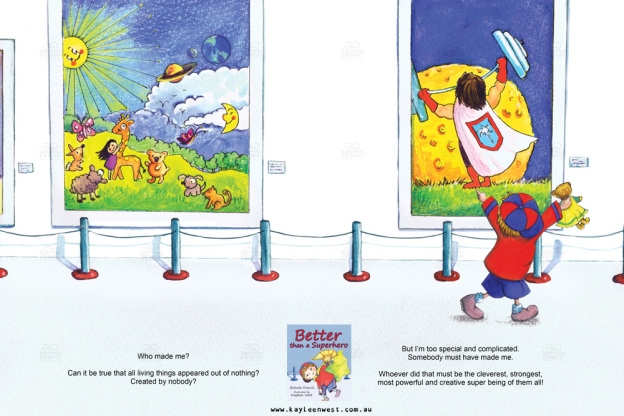Your cart is currently empty!

The Visual Economy – how important are illustrations in picture books?
Georgia, a student at the CATC Design School was working on an article on ‘The Visual Economy’ exploring importance of illustrations in children’s books verses the written story. In her article she wrote, (quote) “They say ‘a picture is worth a 1000 words’ is becoming more and more relevant in today’s society as the world we live in becomes more and more visual. Research (*) has shown that 80% of people remember what they see and do, compared to only 20% of people who remember what they read. These days, 93% of communication is non-verbal but visual, and this is a current trend in children’s books.” (end quote) Georgia emailed me asking what I thought on this topic and the article in question. This was an email I thought needed a considered response as it is a hot topic in the industry and was recently raised at the SCBWI Conference in Sydney this year. I wrote back and added some of the points below:
I believe the illustrations engage the children for a longer period of time and add additional layers one story. As an Illustrator I know the responsibility this entails. We have to illustrate images that capture and hold the attention of a child so they will want to re-read a book over and over again. We illustrate a moment in time but also leaving something to the imagination. We also have to manipulate a page turn, illustrating curiosity for the next page and next part of the story. If executed well, a wordless picture book will stand alone as does a good story. Maybe the question remains … what appeals to children of this visual age more?
Sacrificial text
An author’s words are often culled to make way for an illustration or sometimes altered. An illustration not only tells the original story but also adds additional dimension. Are the illustrations in a picture book of most importance? I personally believe so and many illustrators would agree with me. I am both an author and illustrator and I believe picture books rely on the illustrations to not only entertain the child (and adult) reader but draw a buyer into a purchase. Not many books would fly off the selves without a good cover or inside illustrations in the children’s market.
Page turn
The spread above is a page from one of my latest picture books, Better Than A Superhero written by Belinda Francis. It is a good example of how I had to think outside the clique of biblical imagery to invent something that was fresh and that a child would relate to. I didn’t want to produce yet another Christian book filled with predictable biblical imagery. Sometime it is relevant but let’s be original where possible! I chose to illustrate the story through the eyes of a child. I used the little boy’s toys as he tells the story and here we see him in a gallery wondering about the big picture; who created the universe and how incredible they must be. The text and image leaves the child wondering what is on the next page.
Georgia’s article is an interesting topic. In this industry, too often authors are celebrated above the illustrators for the publication of a picture book, the illustrator sometimes barley acknowledged. We are always a second credit on a cover, sometimes a smaller credit and something even removed! It is a bone of contention in the industry and was raised at a recent conference by a well-known and popular illustrator. A picture book is a collaboration of the story idea and the image that bring it to full visual life. Illustrations are imperative when creating a picture book, but like you point out (Georgia expressed in her article), a picture book can stand alone with illustrations and no text and create a wonderful adventure. It is after all – a picture book.
Inspiration for the imagination
A text story is reliant on the child’s imagination and literacy skills or a parental reader but a wordless picture book is an independent reading experience, uninterrupted or interfered. They can give a child a feeling of empowerment and build their imagination. The child is invited to investigate what the illustrator sees and imagine for themselves.
I have a growing collection of wordless picture books. It is my intention to publish a wordless picture book in the near future. I have one written and fleshed out ready. These are what I consider purist picture books. They have their entitled position on my bookshelf where I consider them as artisan books.
It is a good question though. It shouldn’t be a matter of superiority or pride, but of creating a wonderful experience for a child solely with illustrations, story or in collaboration.
And of course there are other creative things children can do with books…
(*) Research reference: https://www.wyzowl.com/blog/power-visual-communication-infographic/
Comments
2 responses to “The Visual Economy – how important are illustrations in picture books?”
Kayleen, I LOVE your new surface design page. Your prints are just beautiful!
Thanks Chris. I have yet to put up a lot of work but will in the new year. Thanks for commenting 🙂


Leave a Reply